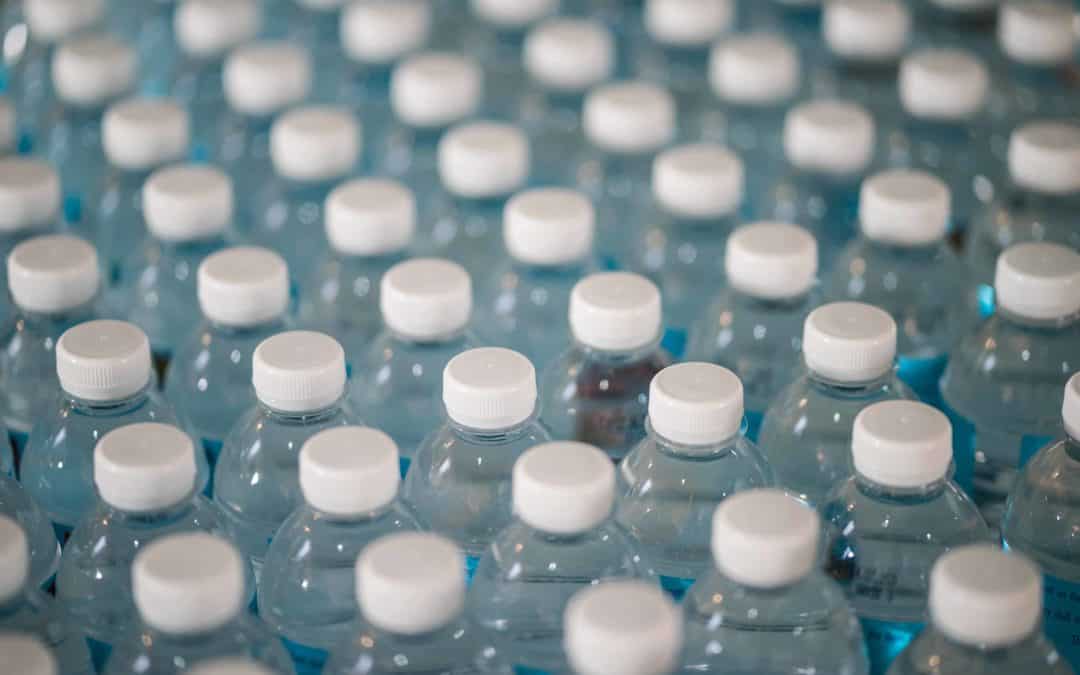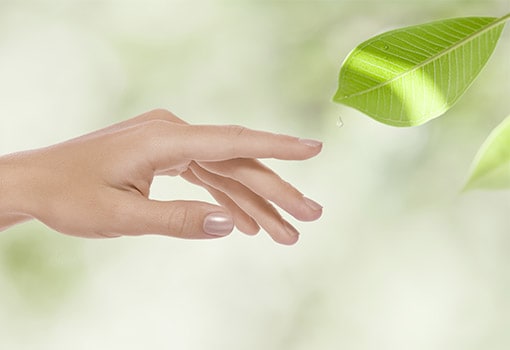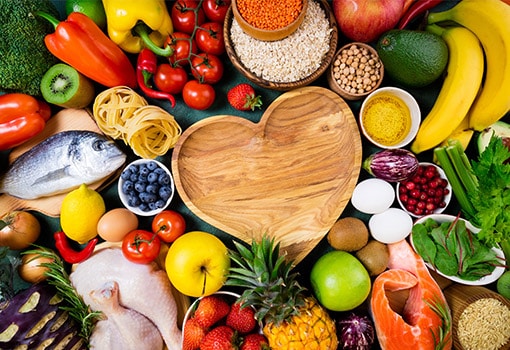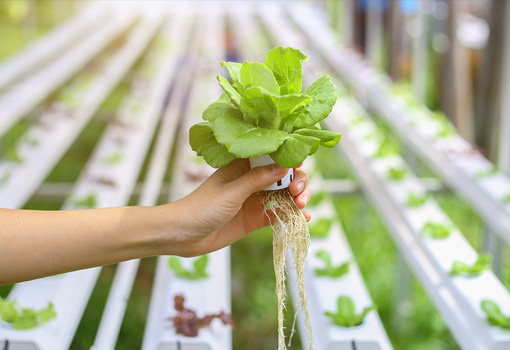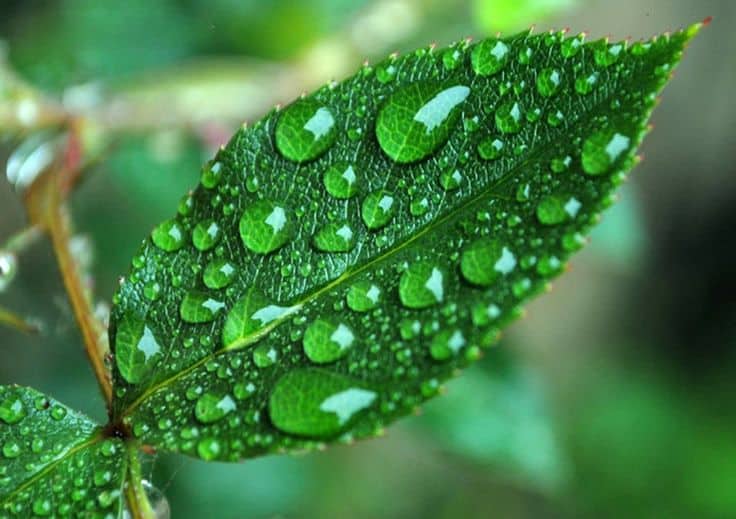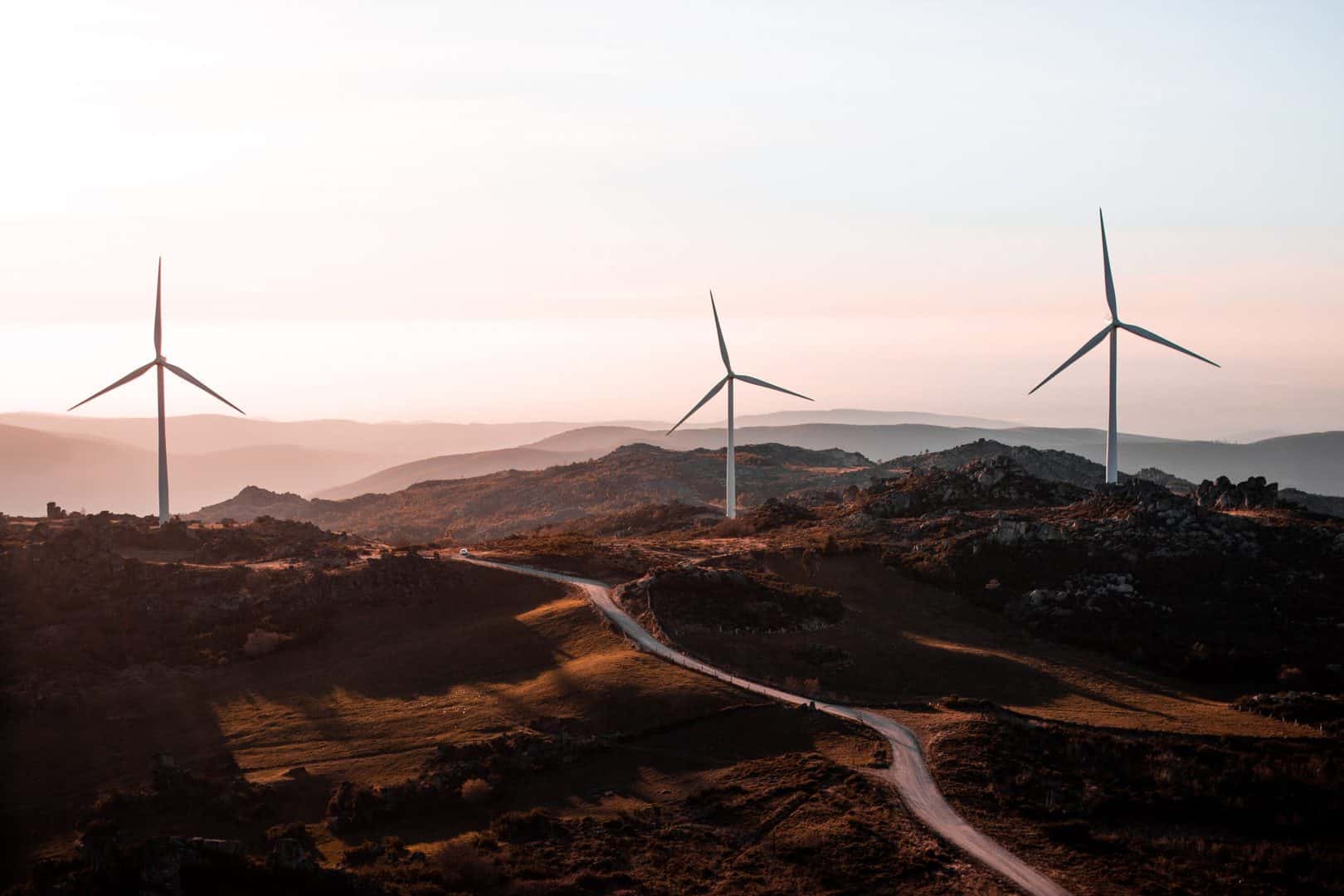It’s fair to assume that you don’t go through an entire day without using or touching at least one item (and more likely, several) made of plastic. You’re probably very familiar with plastic in conventional forms — like plastic bags, bottles, containers, and packaging. But you may be surprised to find it in unexpected places; it’s more ubiquitous than you might think. What are some items that contain plastic?
clothing
Clothing is one unexpected source. At first glance, clothes don’t seem or feel like they could be made of plastic. But synthetic fabrics like microfleece, acrylic, and polyester can contain tiny microplastic fibers. (Microplastics are little bits of plastic smaller than 5mm.) Other textiles like some carpets and upholstery do also.
toiletries
Toiletries like body wash, facial scrubs, or toothpaste can sometimes contain plastic microbeads. Plastic microbeads are currently banned from certain cosmetic products in the U.S. (and other countries) but may be available elsewhere.
electronics and automobiles
Electronics and automobiles, we might think, are mostly metal and glass, right? But lots of components, casings, and other parts for both of these are made of plastic.
food and drink packaging
To-go coffee cups are often made of plastic, and of course the lids usually are as well. But even paper cups are sometimes lined with plastic. Drinking straws are another prime source. Many companies have started moving to paper or compostable straws to reduce plastic pollution.
dust
Another unlikely source? Plastic is found in paint and tire dust, which then gets into the air and washed into the water.
plastic waste: an environmental challenge
Plastic is an incredibly useful and inexpensive material, but it has also become a huge environmental problem. It is everywhere, and it is pretty indestructible. Unlike paper, it doesn’t biodegrade and can last for a century. So once it’s here, it’s not going anywhere. Plastic is accumulating in landfills, oceans, and other bodies of water. In fact, it’s also appearing in seafood, tap water, and floating in the atmosphere!
What to do? It’s impossible to remove plastic completely, but think twice about using it if it is possible and safe. Try reusable bottles, containers, and utensils, or natural materials; and don’t dump plastic in the water.
Source: Orb Media

